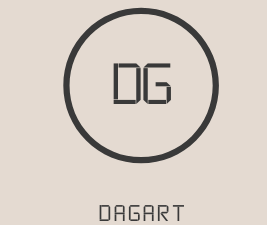In this blog post, I would like to share my experience of visiting the Sagrada Família. I was particularly fascinated by Antoni Gaudí‘s approach to building the church. Here I was able to build up some associations with principles of agile product development, which I would like to share in this post with a dash of history.
Sagrada Família
The Sagrada Familía is a church in Barcelona that is absolutely unique in its architecture. Although the church has not yet been completed, it was included in the list of cultural heritage by Unesco in 2005. The architectural style was influenced by Gaudí, who was responsible for the construction of the church as architect in 1883 until his death in 1926.
Prologue – My visit to the church
By a fortunate coincidence, I was allowed to take part in a guided tour of the Sagrada Familía at the end of August 2018. In fact, I was actually in Barcelona to write a paper on “From Cloud to Fog – Feasibility of a Decentralised IT Architecture” together with a colleague at the time, Ahmed El Safty. As we had finished our work earlier than planned, we took the opportunity for a bicycle tour through Barcelona, among other things to visit the Sagrada Familía. Unfortunately, we found out when we arrived that the tickets were already sold out. Right before we were to go to the next spot, we had luck and found a tour guide who still had spots on his next guided tour.
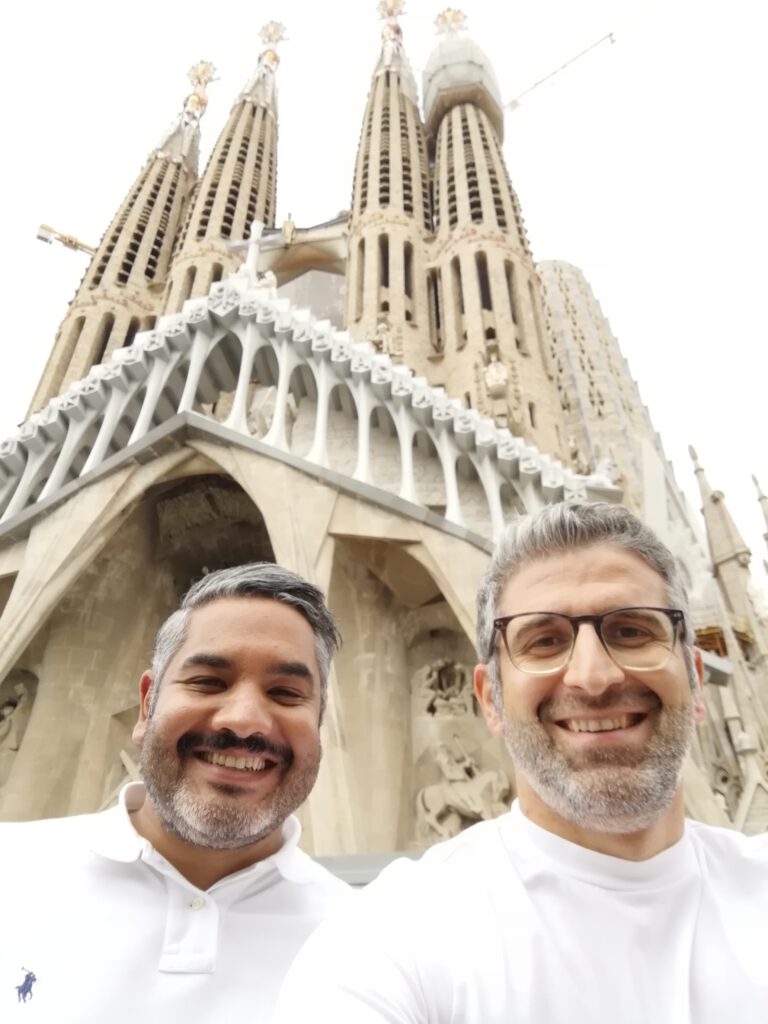
In the end, the coincidence turned out to be a stroke of luck for me. In the course of the tour, I was not only told the exciting story of the church and its architect, but was also able to make many associations with the topic of “agile product development”.
Auf diese Assoziationen möchte ich gerne in diesem Beitrag eingehen.
The principle of iterative and incremental building
When the foundation stone for the construction of the church was laid in March 1882, Francisco de Paula del Villar was the architect in charge. He planned to build the Sagrada Familía in a simpler neo-Gothic style.
However, del Villar quickly fell out with the church’s financier (Josep Maria Bocabella) and resigned. Gaudí took over the responsibility and rejected De Villar’s plans.
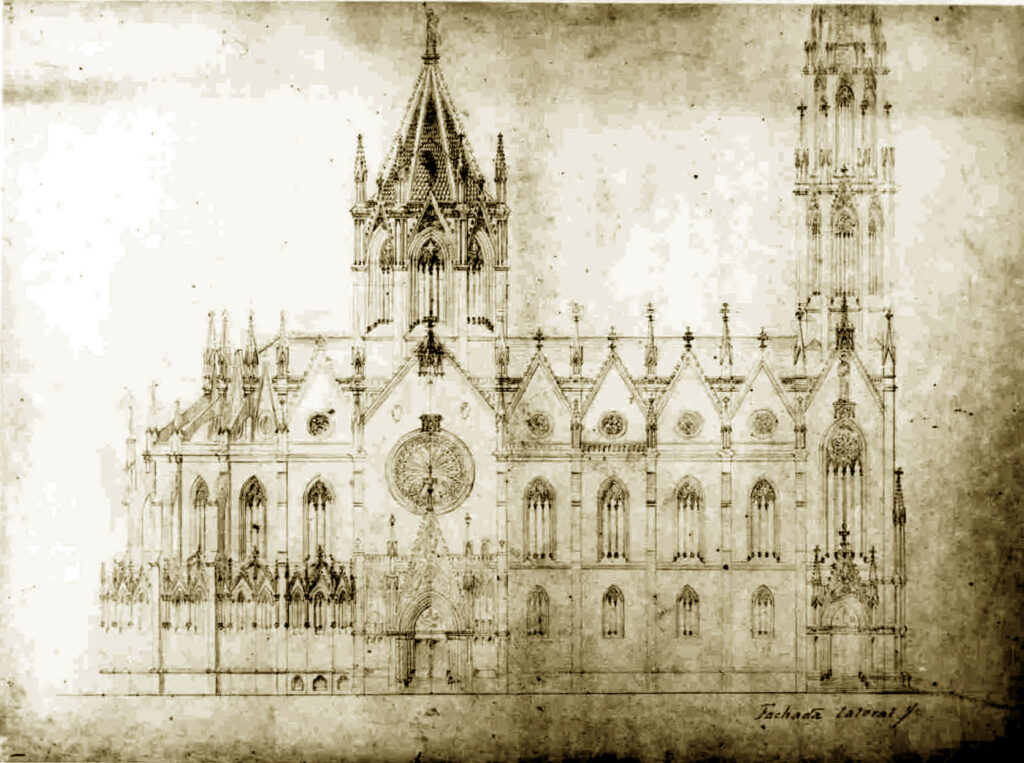
De Villar’s drawing 
Gaudi’s early drawing
Gaudí used a revolutionary approach to building the church and differed from many other architects at the time. Instead of relying exclusively on 2D drawings, he developed 3D plaster models on a scale of 1:10 and 1:25 to evaluate and adjust his complex constructions again and again. Until he was sure that the final construction would hold.
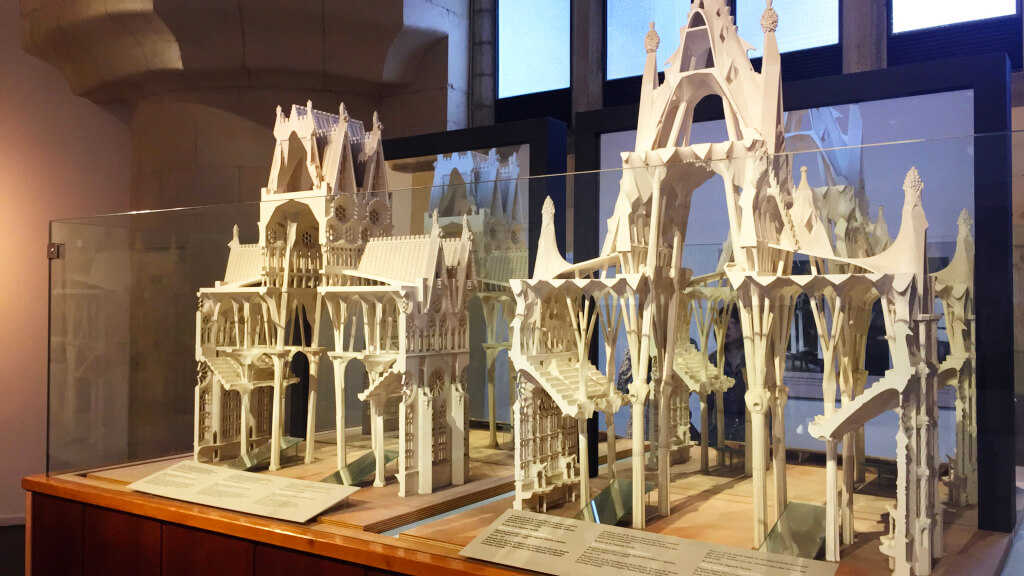
This approach is still used today by the architects responsible for the extension of the church. Only the models are produced by machine with 3D printers and no longer manually with plaster.
Testing new techniques in smaller projects
One aspect that deserves special mention here is the hanging chain model technique used by Gaudí. He used it to define the supporting structure of the church. It is based on a simple but ingenious principle: if you turn everything upside down, compressive forces behave like tensile forces.
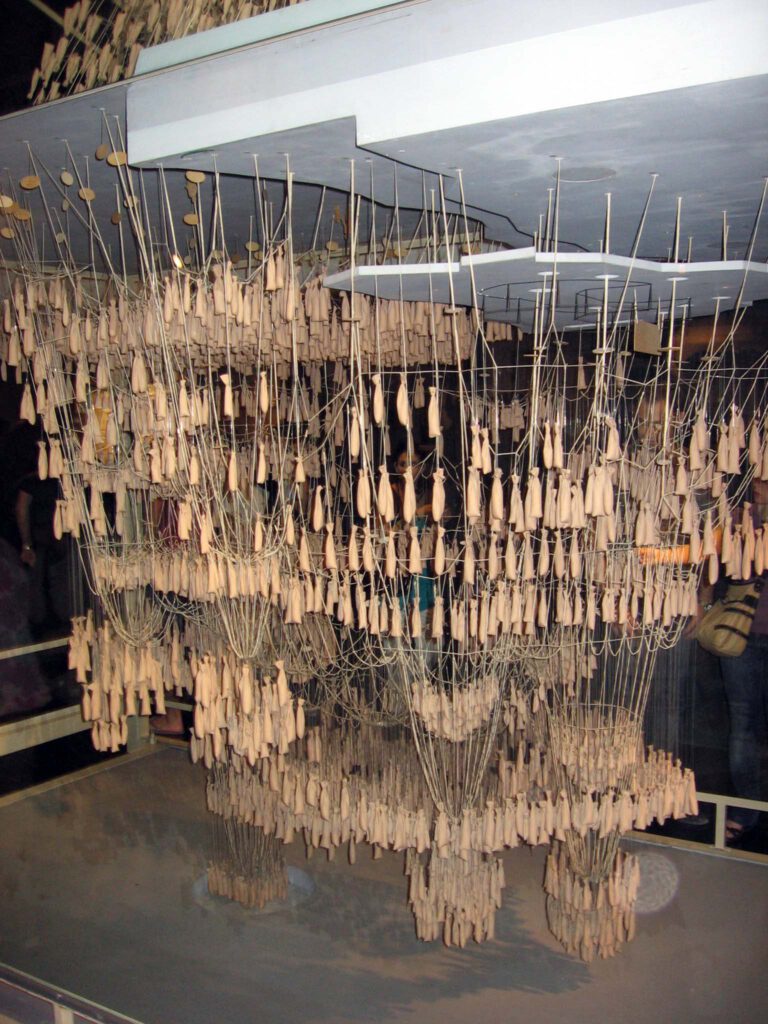
Antoni Gaudi used chains and weights to create an inverse model for the Sagrada Familía. The chain arches formed in this model recreate the loads to which the actual arches are exposed.
In fact, he first tested the technique in a smaller church, building the Colònia Güell. He received the commission in 1898, which allowed him to gain experience with the technique and test it in a smaller increment before implementing the approach in the larger and more complex Sagrada Familía project.
Early product delivery
Although the Sagrada Familía will not be completed before 2026, it has been generating enough revenue as a tourist attraction for decades to secure the annual budget for its continued construction. Every year, 4.5 million tourists visit and thus cover the annual construction budget of 25 million [Link]
And indeed, the first Pope, John Paul II, visited the church as early as 1982, after 93 years of construction. At that time, the church did not have a roof and the floor had not been laid, but the visit was still possible. At this point, one could also speak of the MVP of the Sagrada Familía.
The “holy” sign-off then took place on 7 November 2010 by Pope Benedict XVI, who officially designated the church a Basilica Minor [Link]
At this point, one could make the point that with a construction time of over 100 years until the “1st release”, one cannot speak of an agile development. However, for the construction of a church of this size, it is quite a remarkable achievement. As a Cologne resident, I have to hold back at this point anyway, because the construction of Cologne Cathedral took 632 years.
Gaudí the agile visionary
What fascinated me most on that day was the fact that Gaudí managed to solidify his vision of the church among the staff to such an extent that even after his death in 1926, work on the church could continue. At the time of his death, only a fraction of the planned church was finished.
In addition, as a result of the Spanish Civil War in 1936, part of the church as well as many models and drawings were destroyed.

Attack 1936 
Attack 1936
Nevertheless, work could be resumed in 1939. A decisive reason for this was the fact that Gaudí worked mostly in the church. This enabled him to communicate his vision and plans directly to the workers time and again. The knowledge in the group was thus distributed and enabled them to act more independently within the scope of the vision.
For me personally, this was the most impressive aspect that I took away from my visit and actually incorporate into my working world. Although the original architect Antoni Gaudí had long since passed away, one has the feeling that the subsequent architects and collaborators have managed to maintain Gaudí’s vision.
My Summary
As you can see from this post, I was absolutely fascinated by the Sagrada Familía as a church and also Gaudí’s approach to building it.
As I strolled through the church, so many thoughtful details were pointed out to me which I didn’t even notice at first glance. And all these details harmonised very well with the overall design. It all seemed to come together as one.
During the visit to the church, however, I was very surprised to find that I could relate to the principles of agile product development in many places. I honestly could not have imagined that before.
And it showed me that agile principles are fundamentally relevant, regardless of whether I am developing a software product in the 21st century or building a church in the 19th century.
Bonus
- Sagrada Familía: click here
- Antoni Gaudí: click here
- Virtual Tour Sagrada Familía: click here
Note
I have tried to research the sources of this article as best I can, but I am not a historian. So please pardon me if it turns out that I am not 100% correct with my historical information. Thank you very much. Of course, I would be happy to receive feedback on this.
